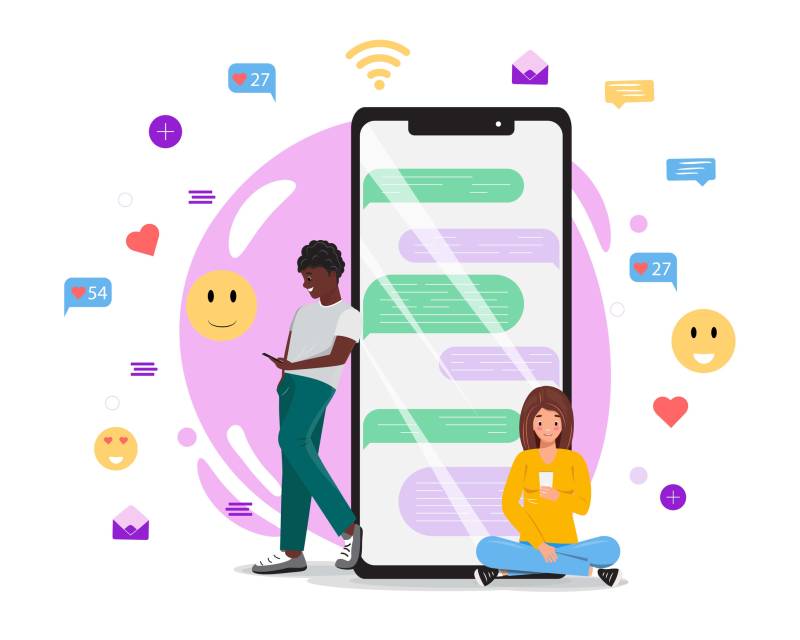How many times per day do you check your phone? According to Gloria Mark, psychologist and author of Attention Span, people swipe from screen to screen about 566 times per day, and about half of those switches are self-motivated, meaning they weren’t prompted by a notification.
Digital technologies have been innovated quicker than humans are capable of processing, and our new tools and social media are designed to keep us tapping and swiping. This has become an issue that impedes attention span because “the mind has a limited pool of cognitive resources,” said Mark, who is a professor of informatics at the University of California, Irvine. In a 2019 study of 84 college students in Korea, Mark’s colleagues found that the students spent 28% of class duration distracted on smartphones. These tech distractions were also associated with lower grades.
According to Mark, most of the time that we spend interacting with digital technology like smartphones is done unconsciously. But our brains like our bodies experience fatigue, and when we are overloaded with an impossible amount of tech distractions, executive function is negatively affected. When executive function is maxed out “it affects our ability to filter out distractions and stay on path,” Mark said during her recent keynote talk at the Learning and The Brain: Teaching Engaged Brains conference.
In her research, Mark has identified three myths of attention span and tech use. Understanding these myths can help teachers and parents guide young people in maintaining – and regaining – focus throughout the school day.
The myth of endless focus
According to Mark, the first myth is assuming that when computers are used “we should strive to be focused as long as possible.” That’s not realistic, she said. When we try to focus on rigorous tasks for long periods on screens without taking breaks to restore our cognitive resources, “our minds can also get injured, and it’s called burnout,” she said. Focus is a limited resource and can fluctuate depending on how engaged or challenged a student feels. So, when teachers strike a balance between harder and simpler tasks in the classroom, it gives students a chance to regain cognitive and executive function.
The myth of multitasking
Myth number two of attention span is multitasking. As humans, “we cannot parallel process unless one of those activities is automatic,” said Mark. Not only does multitasking impair accuracy with individual tasks, “the nail in the coffin is that multitasking creates more stress,” she continued. So when students are switching from task to task and from screen to screen, not only is their executive function declining, but their stress levels are rising. In their research, Mark and her colleagues have found “a correlation with the amount of attention shifting and [participants’] reports of perceived stress,” she said.
The myth of self-discipline
The third myth of attention span and tech is that lack of focus is due to low self-discipline. Social media algorithms appeal to our desire to gravitate towards rewards-based social systems, said Mark. For young people, social media can play a big role in social connection. Receiving affirmation from others is important to teens’ identity development, and social media is highly scalable, so teens also gain social capital from likes and online interactions. Because social media and smartphone use is so time consuming and ingrained in identity building, “there’s this competition of interest between what the teacher is talking about and what your friend is saying on the phone,” Mark said. “And it’s probably way more interesting to pay attention to what your friend is saying.”
Solutions
Mark sees the banning of smartphones from the classroom as a social equalizer for students in K-12 education. Students should be encouraged to “always put a person, a human being before a smartphone,” said Mark. She said that setting this social standard can appeal to adolescents’ natural desire to be part of a group.


